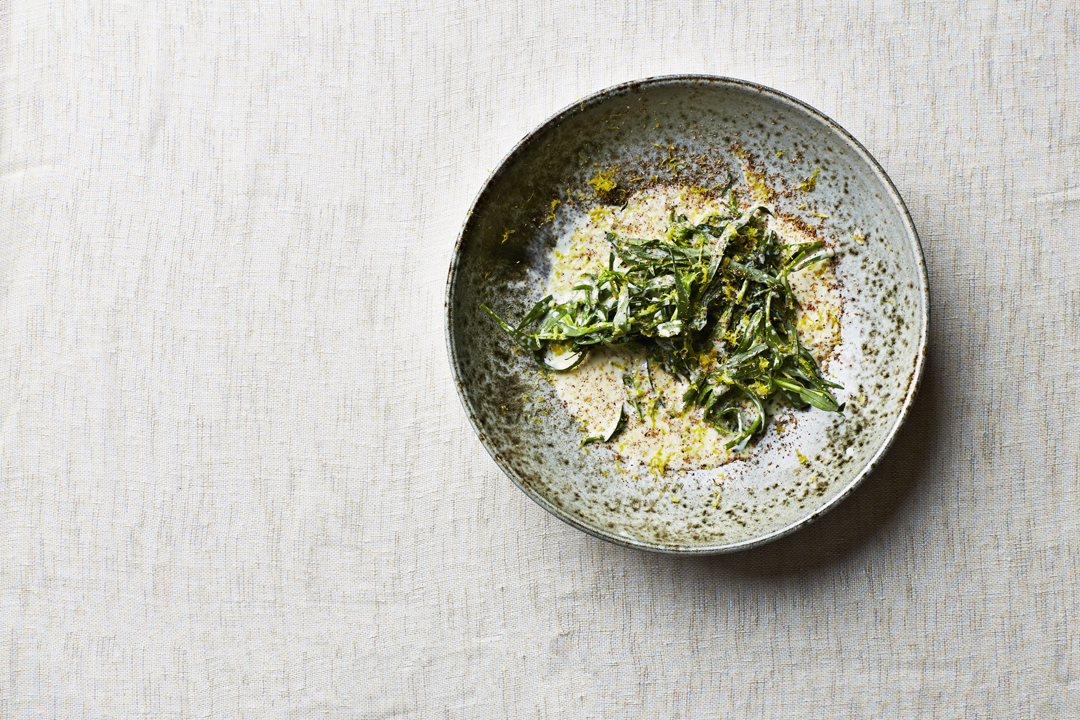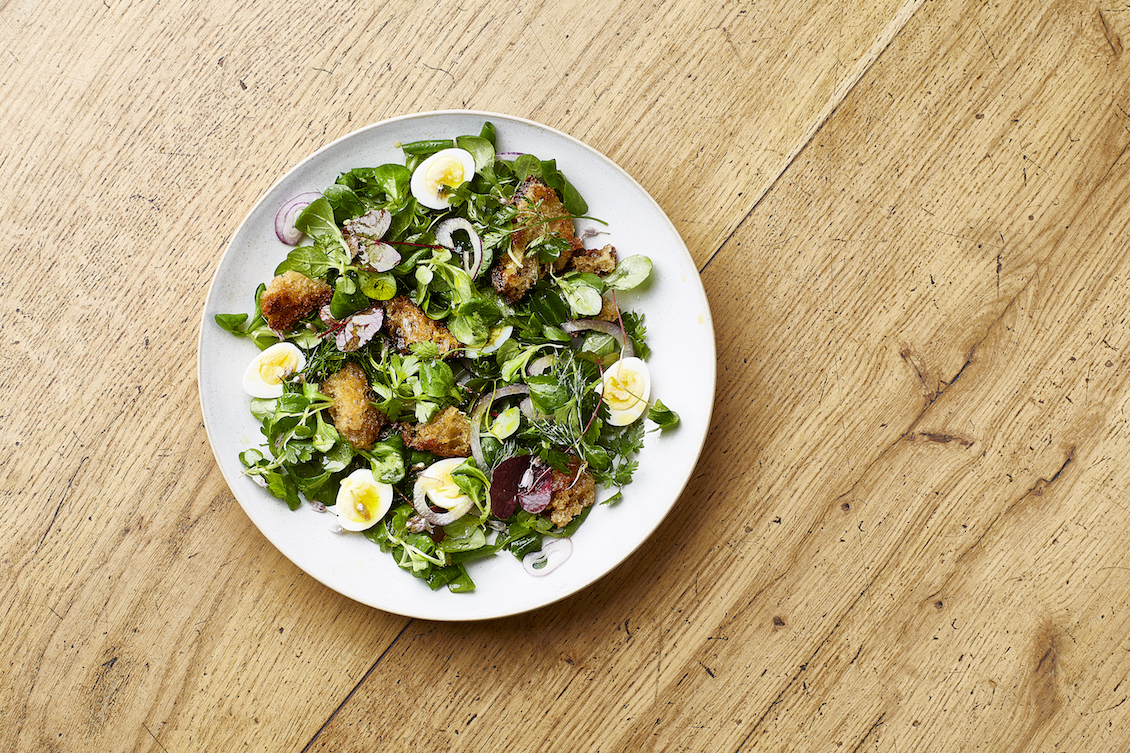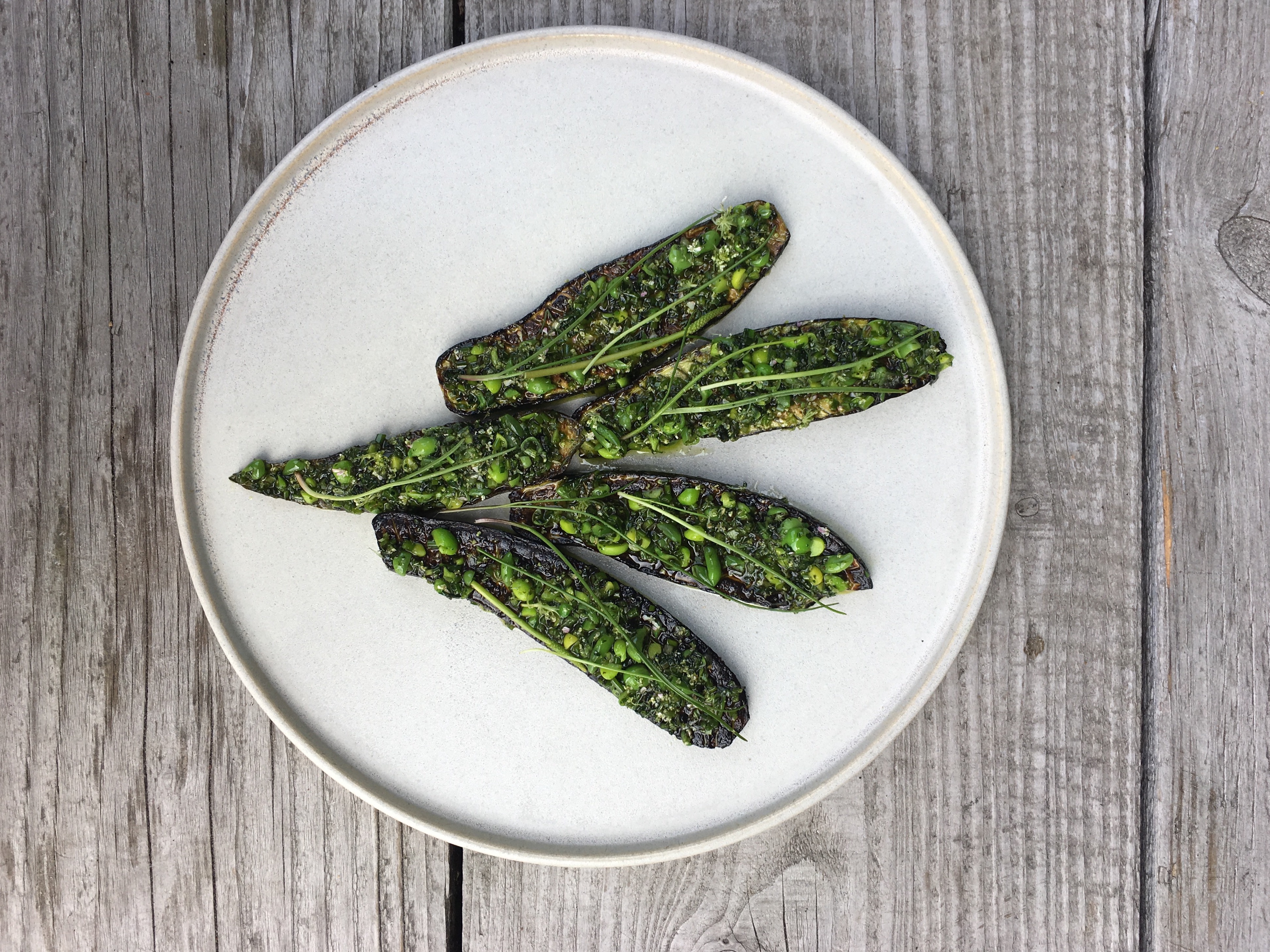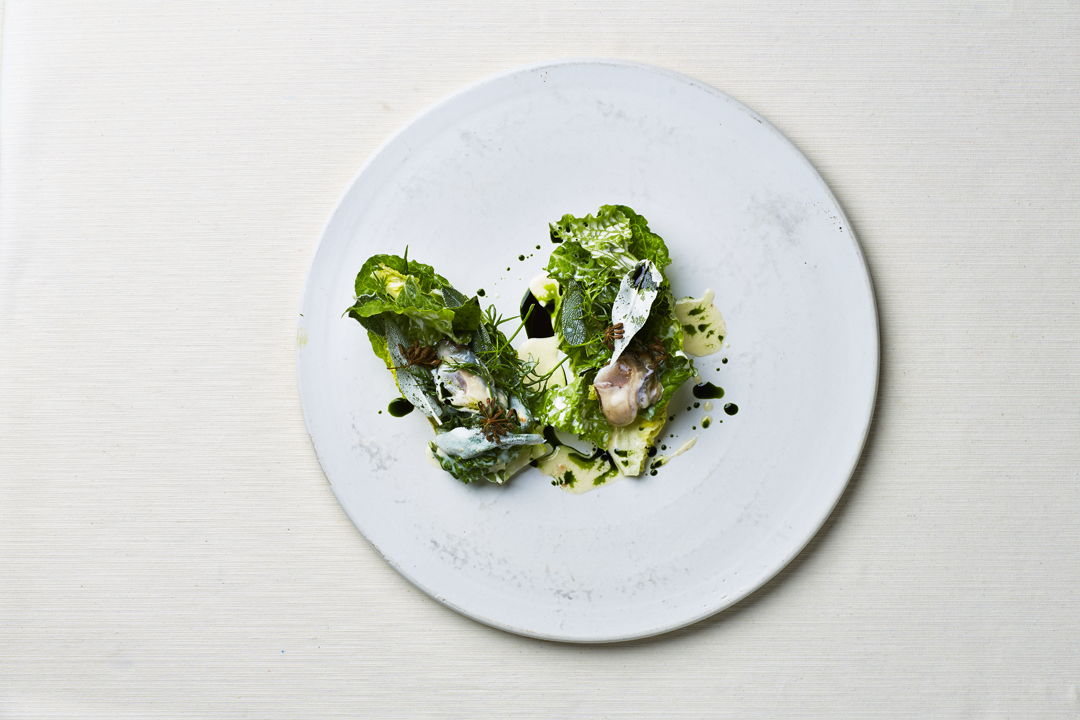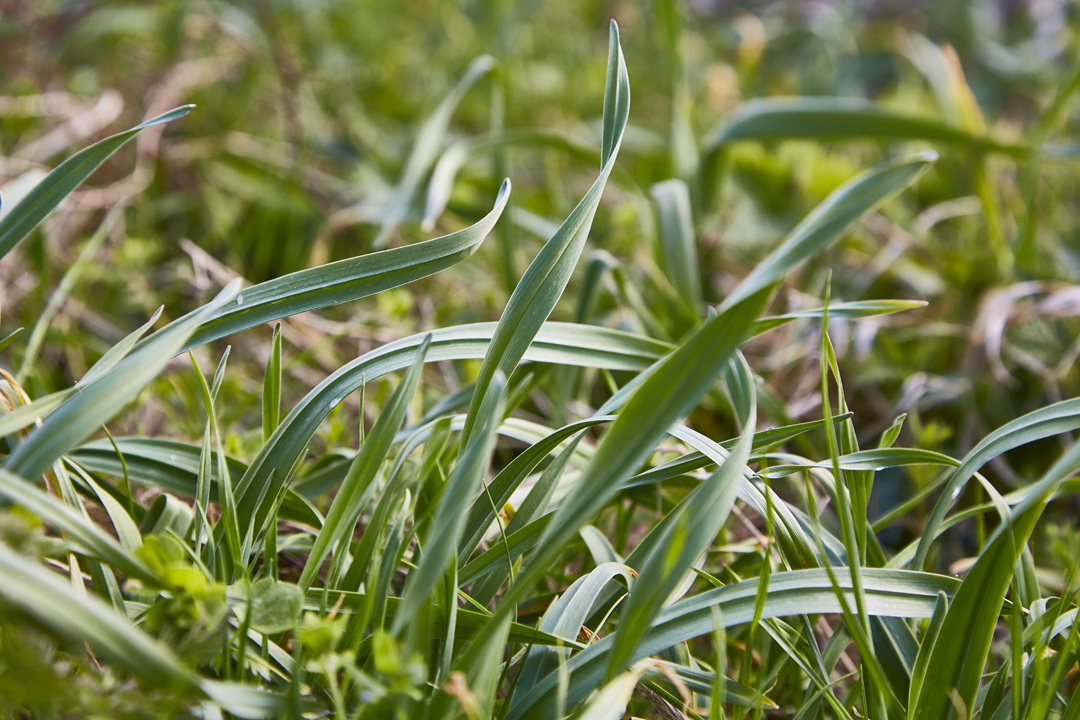
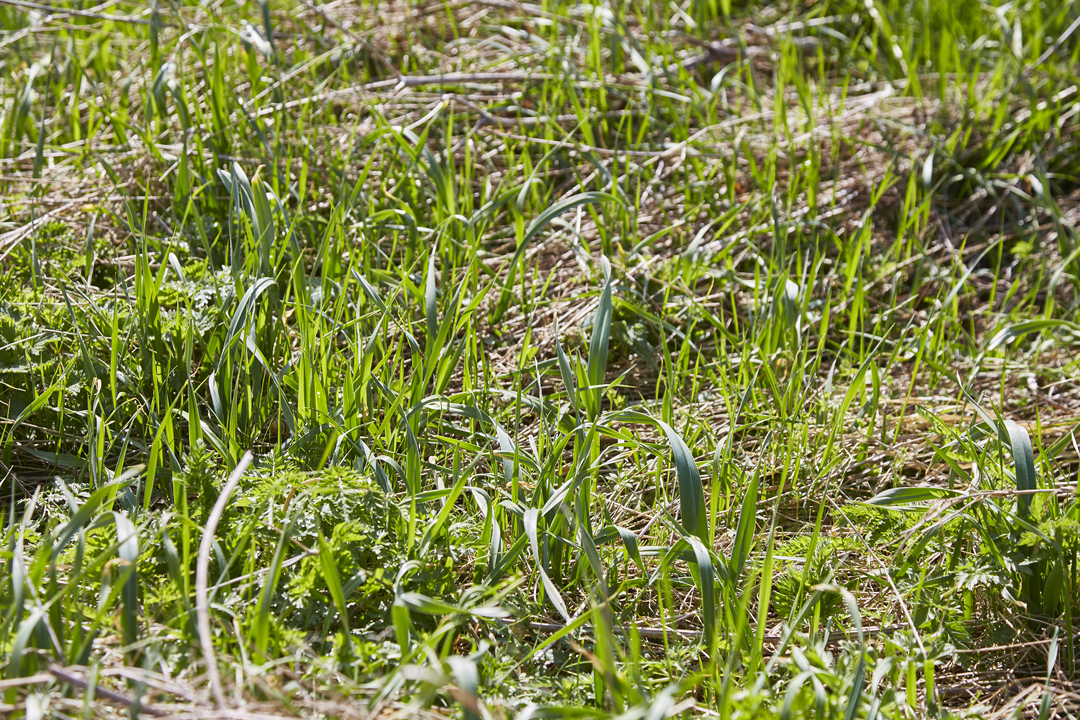
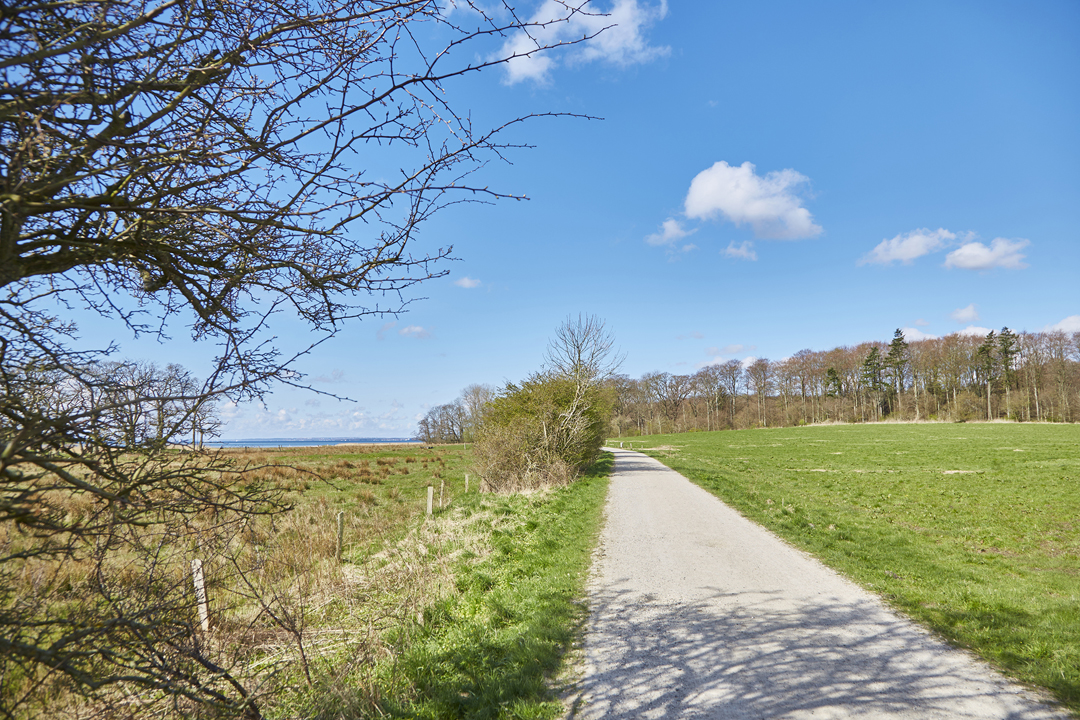
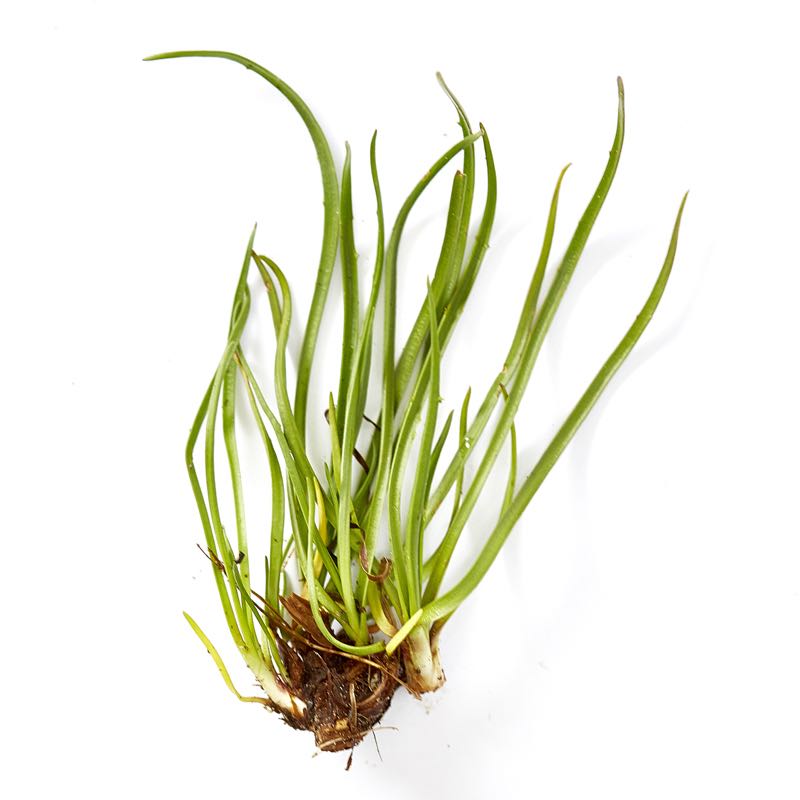
Beach plantain
Beach plantain is a familiar ingredient in Danish cooking. It's long been used in soup paired with plantain rolls, and in Southern Jutland it takes the place of kale in “grønlangkål,” a classic Danish dish.
-
Where to Find It
Beach plantain can be found all over Denmark, where it has adapted to salty environments near the beach. You will often find it in salt marshes, along rocky beaches, and in areas where the beach meets the rest of the landscape. You can also find it further inland along roads that are salted.
Beaches, salt marshes, marshlands.
-
When to Find It
Collect young leaves from April to June—after that, the leaves will often be too fibrous and bitter.
Leaves: April, May, June.
-
How to Spot It
Beach plantains have long, narrow, fleshy leaves that resemble oversized blades of grass. A groove runs down along the top of the leaf. The plant can grow to be anywhere from 5- to 50 cm tall, and its leaves cluster in a rosette at is base, so that the plant resembles a tightly bound bouquet sticking up from the ground. Its flowers, which top tall, skinny stems that climb out from the clumps of leaves, are 5 to 6 cm long, and grow densely on the stamen like grass or corn.
-
How to Pick It
The taste of beach plantains varies dramatically from plant to plant—even those growing next to each other—so you’ll have to taste as you go. The plants growing nearest the sea are often the tastiest. Pick the leaves one by one, so you don't accidentally uproot the plant and focus on the young, smaller ones. Larger leaves are edible, but they are fibrous and more bitter.
Risk of misidentifying the plant
There is no risk of mistaking the plant for another dangerous or undesirable plant.


